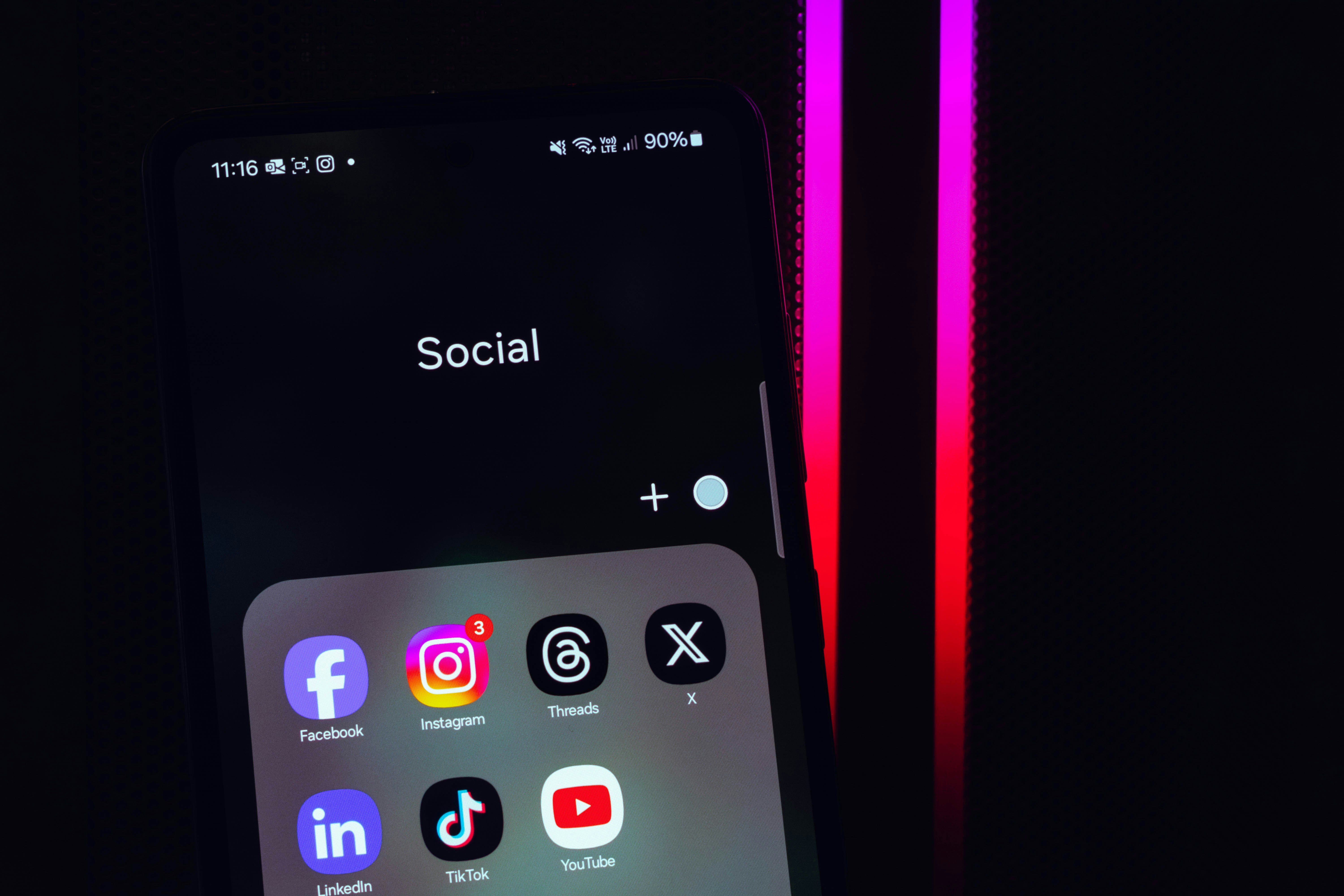Anxiety in the Digital Age: Navigating Modern Stressors
Anxiety disorders have become increasingly prevalent in recent years, with the digital age introducing a host of new stressors that exacerbate this mental health concern. The constant connectivity, information overload, and social pressures amplified by technology have created a perfect storm for anxiety to thrive. As our world becomes more interconnected, the line between work and personal life blurs, leading to heightened stress levels and difficulty in finding moments of true relaxation. This article explores the multifaceted relationship between modern technology and anxiety, examining both the challenges and potential solutions in our increasingly digital world.

The smartphone, in particular, has become both a source of comfort and a catalyst for anxiety. While it provides unprecedented access to information and connection, it also creates a sense of obligation to be constantly engaged. This “always-on” mentality can lead to a state of hypervigilance, where individuals feel compelled to check their devices constantly for fear of missing out on important information or social interactions.
Social Media and the Anxiety Epidemic
Social media platforms have revolutionized the way we connect and share information, but they have also introduced new forms of social anxiety. The curated nature of social media posts often presents an idealized version of others’ lives, leading to feelings of inadequacy and fear of missing out (FOMO) among users. This constant comparison can erode self-esteem and trigger anxiety about one’s own life choices and accomplishments.
Moreover, the instant and public nature of social media interactions has created a new arena for social scrutiny. The fear of negative comments, online bullying, or the potential for a post to go viral in an unintended way can lead to heightened anxiety about online self-presentation. This digital stage fright can be particularly challenging for younger generations who have grown up with social media as an integral part of their social lives.
Information Overload and Decision Paralysis
The digital age has ushered in an era of unprecedented access to information. While this can be empowering, it also contributes to information overload, which can trigger anxiety in several ways. The sheer volume of data available on any given topic can make decision-making feel overwhelming, leading to decision paralysis. Whether choosing a restaurant for dinner or making major life decisions, the abundance of options and reviews can leave individuals feeling anxious about making the “wrong” choice.
Furthermore, the constant influx of news and information about global events can contribute to a sense of helplessness and anxiety about the state of the world. The 24/7 news cycle and real-time updates on social media mean that individuals are constantly exposed to distressing information, often without the context or tools to process it effectively.
Digital Detox and Mindful Technology Use
As awareness of digital-induced anxiety grows, so does the movement towards digital detox and mindful technology use. Many individuals are recognizing the need to set boundaries with their devices and create tech-free spaces in their lives. This can involve simple steps like turning off notifications, designating specific times for checking emails and social media, or implementing “no phone” rules during meals or before bedtime.
More extreme forms of digital detox, such as retreats that completely disconnect participants from technology for extended periods, have also gained popularity. These experiences aim to help individuals reconnect with themselves and others without the constant distraction of digital devices, potentially reducing anxiety levels and improving overall well-being.
The Role of Technology in Anxiety Management
Ironically, technology itself can play a crucial role in managing the anxiety it often exacerbates. A growing number of mental health apps and online resources provide accessible tools for anxiety management, including guided meditations, cognitive behavioral therapy exercises, and mood tracking. These digital solutions offer privacy, convenience, and often a lower cost barrier compared to traditional therapy.
Virtual reality (VR) and augmented reality (AR) technologies are also being explored as potential tools for anxiety treatment. VR exposure therapy, for example, allows individuals to confront anxiety-inducing situations in a controlled, virtual environment, potentially reducing anxiety symptoms over time.
Balancing Connection and Disconnection
Finding a balance between the benefits of digital connectivity and the need for disconnection is crucial for managing anxiety in the modern age. This balance looks different for everyone and may require experimentation to find the right mix. Some strategies include:
-
Setting clear boundaries around technology use, both in terms of time and space.
-
Practicing mindfulness and being present in offline activities.
-
Cultivating real-world relationships and experiences to complement online interactions.
-
Regularly evaluating the impact of digital habits on mental health and adjusting accordingly.
The Future of Anxiety in a Digital World
As technology continues to evolve, so too will its impact on our mental health. Emerging technologies like artificial intelligence and the Internet of Things may introduce new sources of anxiety, but they also hold the potential for more sophisticated and personalized anxiety management tools.
The key to navigating anxiety in the digital age lies in developing a mindful and intentional relationship with technology. By understanding both the benefits and drawbacks of our digital tools, we can harness their power to enhance our lives while mitigating their potential to exacerbate anxiety.
As we move forward, it’s crucial that mental health professionals, technologists, and policymakers work together to create digital environments that support rather than undermine mental well-being. This may involve redesigning social media platforms to promote more positive interactions, developing AI-powered mental health assistants, or implementing digital literacy programs that teach healthy technology habits from a young age.
In conclusion, while the digital age has introduced new challenges for those dealing with anxiety, it has also opened up innovative avenues for support and treatment. By approaching technology use with awareness and intentionality, individuals can learn to thrive in the digital world without sacrificing their mental health. The future of anxiety management in the digital age is not about rejecting technology outright, but about learning to use it in ways that enhance rather than detract from our overall well-being.




